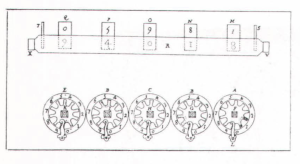
The rise of Agentic AI and Large Language Models (LLMs) is transforming classic data integration, with the Model Context Protocol (MCP) emerging as a key piece of the new tooling. This protocol is changing how users interact with model data, and traditional data companies now race to meet the new requirements.
ISVs and enterprises can’t move fast enough on the new AI front, and traditional business databases will often be central. BI reporting will be an early target. Software architecture leads may turn increasingly to data connectivity providers like CData Software if they are going to move fast without breaking things. [Read more…] about Information Examiner October 2025 – Connectors tackle AI with MCP




